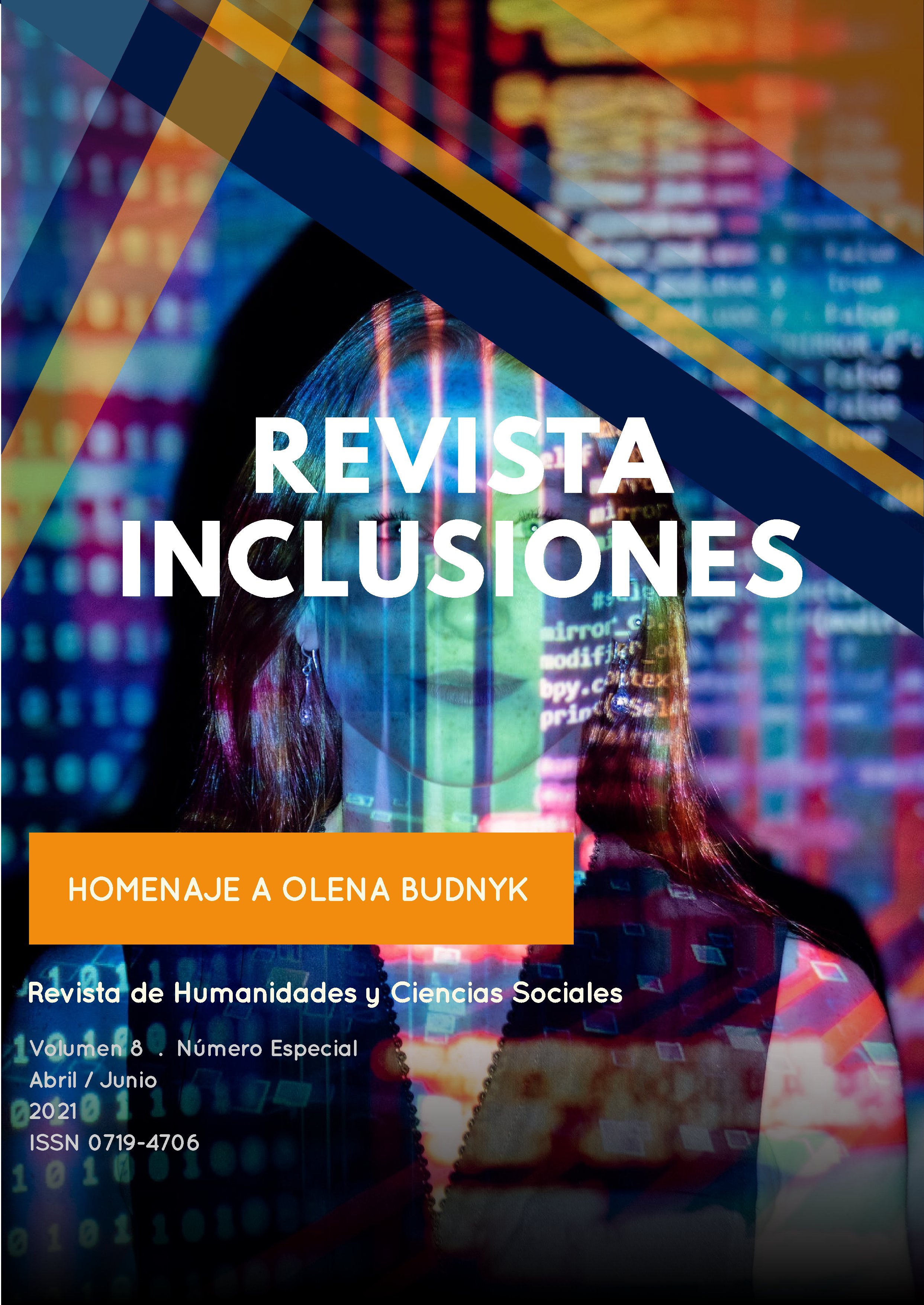IN SEARCH OF HUMAN RIGHTS: THE IMPORTANCE OF THE MEDIA IN FIGHTING FEMICIDE
Abstract
United Nations data show that Brazil is the fifth country in the ranking of women’s assassination in
the world. Thirteen women are murdered daily in Brazil; every two minutes, five women are beaten
and at 11 minutes a rape occurs. Every three hours a femicide is recorded. This article aims to analyze
the coverage of the Brazilian news portal G1 on femicide, the murder of women for being women,
from a case that had wide repercussions in Brazil and even in the world: the death of the lawyer
Tatiane Spitzner in July 2018. What effects of sense were produced by the portal on this subject?
And what does this have to do with human rights? The study uses the Critical Narrative Analysis,
which understands the journalistic text as a narrative genre that builds meanings within the society.
The corpus of this research will consist of four texts, selected from July 22 to August 8, 2018. The G1
portal uses citations from official sources, linguistic expressions and tenses in the present and past
to reference and produce the effects of reality so defended by journalism. The results suggest that
the focus of the narrative lies on the story antagonist Luís Manvailer, highlighted as “the husband,
university professor, Jiu-Jitsu purple belt fighter”, while the main character of the narrative, Tatiane
Spitzner, is not referenced as victim. The constructed story disregards the point of view of the human
rights and silences other voices that could clarify the circumstances of the episode
Published
How to Cite
Issue
Section
Los autores retienen los derechos de autor y otorgan a Revista Inclusiones el derecho de publicación bajo Creative Commons Attribution 4.0 International (CC BY 4.0). Esto permite el uso, distribución y reproducción en cualquier medio, siempre que se otorgue la debida atribución al autor.











